Stainless steel offers high resistance in severe conditions, but TIG welding stainless steel can be one of the most challenging tasks. When working with stainless steel, even the slightest mistakes in details can corrupt the metal, eventually losing its corrosion resistance.
However, with enough practice and good understanding, stainless steel TIG welding doesn’t have to seem so grim.
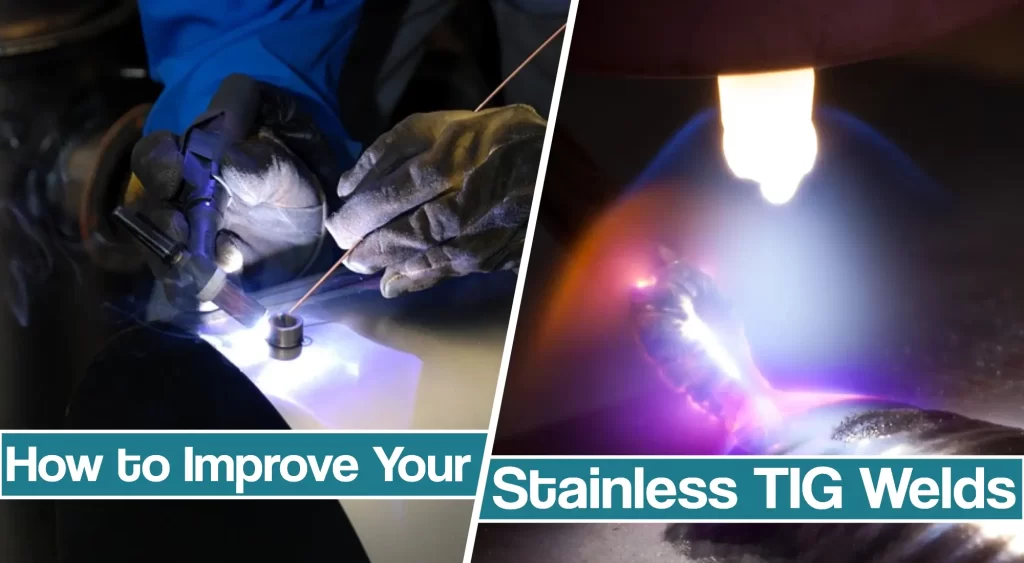
Therefore, we’ll present some improvements to your stainless steel TIG welding. These tips will help you choose the suitable shielding gas, rod, filler metal and point out possible mistakes.
Why Is Stainless Steel Welding So Challenging?
Before starting with essential tips, you will first have to understand the cause of stainless steel TIG welding issues. Stainless steel contains 10.5% chromium or more, responsible for its corrosion resistance properties.
Any contamination or oxidation can affect the favorable properties. For example, you can contaminate the stainless steel by using brushes and clamps that have any carbon steel residues or any traces of carbon steel whatsoever.
In addition, stainless steel has a more significant coefficient of expansion. That’s why welding requires less heat input and, therefore, less electrical current than mild steel. Any excess heat input can cause wrapping and loss of properties.
To avoid overheating, you will have to increase the travel speed. However, experienced carbon steel welders are not used to TIG welding at higher rates.
Why would you TIG Weld Stainless Steel?
Even though TIG welding is one of the most challenging processes, it is still one of the cleanest welding methods.
Knowing how cleanliness is crucial for stainless steel, TIG welding seems like a go-to method. Another important but not essential factor is aesthetics.
TIG process produces some of the most beautiful and precise welds, which makes it perfect when a project demands more on the artistry aspect.
However, keep in mind that TIG welding requires a lot of practice and welding experience. In addition, it is one of the slowest and most expensive welding methods.
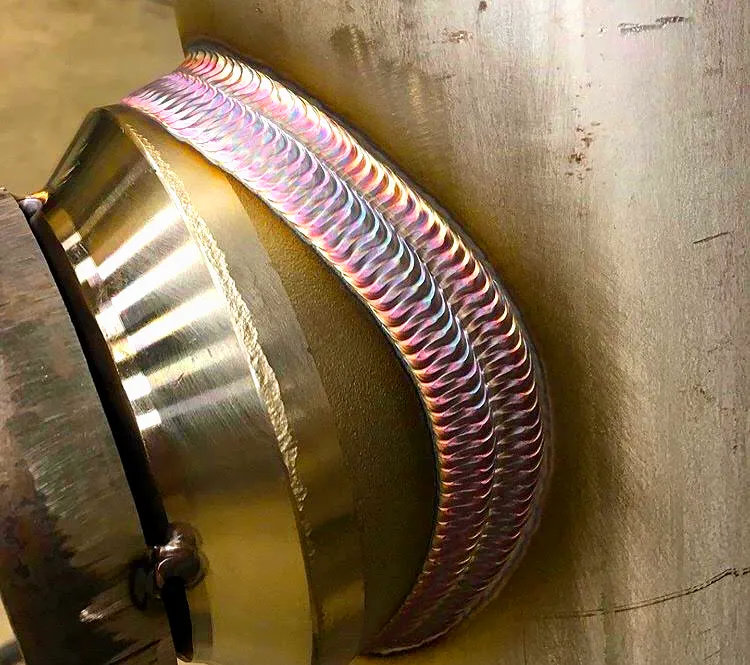
So if you need to get the job done quickly, you can consider MIG welding stainless steel. If you need to do it cheaper, opt for Stick welding.
Tips For Improvements To Your Stainless Steel TIG Welding
If you understand why TIG welding is so challenging but a suitable go-to welding method, it is time for tips. You will need to consider several different aspects, such as weld preparation, filler material, tungsten, welding speed, and post-weld treatment, and other TIG welding equipment.
So let’s go to the main point of this article: tips for improvements to your stainless steel TIG welding.
Weld Preparation and Cleaning
Each welding process requires weld preparation and cleaning before actual welding, but when it comes to stainless steel, preparation is almost as crucial as welding itself. Therefore, you must thoroughly clean the metal and all the joints.
The best practice when dealing with stainless steel occasionally is to work in an area segregated from carbon steel.
In addition, you will need tools dedicated to stainless steel, such as brushes, hammers, clamps, grinders, etc. As we noted, any traces of carbon steel can cause welding defects and corrosion (rust) on stainless steel.
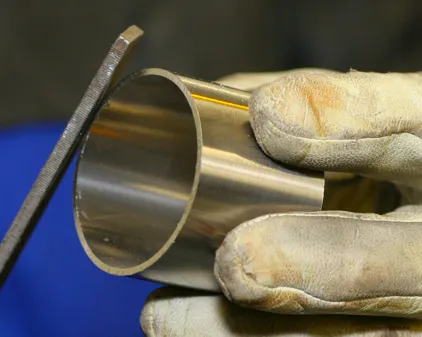
You can use chemicals to protect the chromium oxide layer on the stainless steel. Most of the time, you can use clean rag with solvent, acetone, or other thinners. They will remove contaminants, such as tape residue, glue, adhesive, oil fast, and evaporate quickly.
Choosing Tungsten Rod
Choosing a tungsten rod can be confusing if you are a beginner, as different types, structures such as pure tungsten, tips, and sizes are available.
Even though each aspect affects the weld bead appearance, stable arc start, and results, you will need to worry about the size when dealing with stainless steel.
Therefore, make sure you always match the size of tungsten rods according to your work. For example, thicker tungsten electrodes at low amps on sheet metal will result in highly inaccurate and inconsistent welds.
Therefore, you should follow these recommendations:
Material thickness Tungsten diameter Amp range – 1/161/1680 – 203/321/16100 – 301/83/32120 – 1503/163/32150 – 2501/41/8200 – 3501/21/8235-375
Tungsten Rod Geometry and Cleanliness
Tungsten electrode geometry refers to the tungsten tip shape. The three most common types are balled tip, sharp tip, and truncated tip.
Each type will affect weld width, penetration, weld quality, and heat-affected zone (HAZ). Nonetheless, the sharper the tungsten is, the welding bead is broader, less focused with good penetration and good appearance.
Tungsten with a taper length from 2.5 to 3 times the electrode diameter will produce the best looking welds when dealing with stainless steel. However, you shouldn’t disregard the cleanliness.
You will hardly ever get a perfect weld quality with a dirty tip. Once your tip gets dirty, your arc gets distorted, and you lose precise control over your aim. Therefore, try to get the more delicate the point and the smoother the finish for the best results.

Sharper electrode tip
- Wider weld beat
- Easer arc starting
- Improves arc stability
- Welding with less amps
- less weld penetration
- Shorter electrode life
Blunter electrode tip
- Narrower weld beat
- Harder arc starting
- Potential arc wonder
- Welding with more amps
- Better weld penetration
- Longer electrode life
Matching Filler Rod and Base Metal
After choosing an adequately sized tungsten rod, you will need to match filler material with the base metal you are about to weld. For example, the most versatile and widely used stainless steel type 304 should be welded with a 304 type filler rod.
Special considerations are required to select a filler material if welding dissimilar stainless steels or stainless steels where no identical filler material exists. However, choosing the same grade filler rod will reduce the risk of intergranular corrosion and hot cracking.
In addition to the grade of the filler wire, you will have to match the size. One simple tip is to use a filler that is one size smaller than the one suitable for mild steel.
For example, using a thin rod at a higher voltage is effective, but it will result in weird-shaped welds since it is hard to keep control of deposition. On the contrary, thick rods at low amps cannot deliver consistent welds.
Shielding Gas Coverage
To ensure that your welds are protected from oxidation, you must use a pure Argon (Ar) shielding gas. An inert gas such as argon offers the best protection when dealing with delicate metals such as stainless steel.
As soon as you notice your welds are changing the color,
it signifies that the air got into the weld bead. Therefore, you will need to provide a broader gas coverage to prevent defects.
To do so, you will need to use a gas lens. A larger cup with a gas lens kit will focus the shielding gas across the entire bead width.
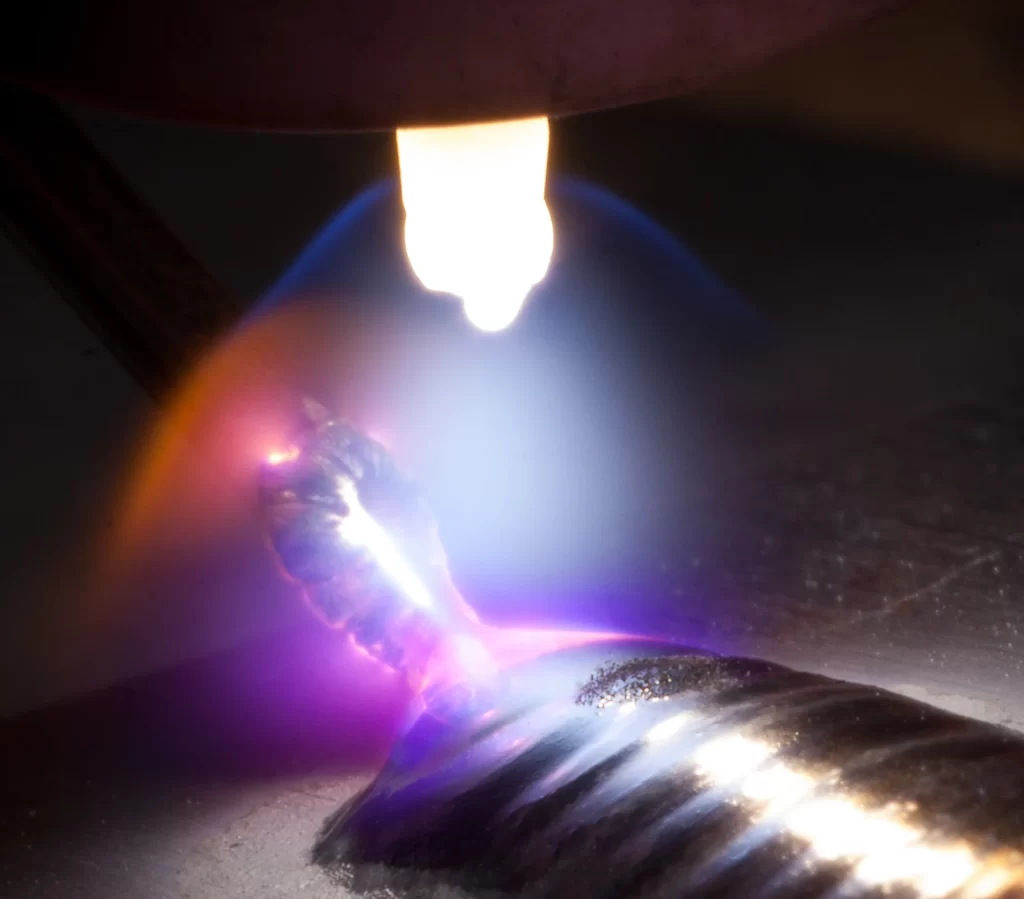
Back Purging
To keep it simple, protecting the backside of your weld is almost as important as shielding the actual weld. This is because oxidation and contamination can occur even at the rear of the weld, resulting in impurities and poor appearance.
To prevent the oxidation of the back part of your stainless steel welds, you should use back purging kits. As for the main weld, pure inter gas will ensure the bead is formed more smoothly, and it keeps the color and deformation out of both sides.
Setting the Straight Polarity
The correct polarity setting for a TIG welding stainless steel is DCEN – Direct Current Electrode Negative. DCEN is suitable for TIG welding stainless steel as the current flows directly from the electrode to the welded stainless steel.
However, to avoid excessive heat, you should combine it with the pulsed current on your welder.
Welding Considerations
There are different alloys of stainless steel that are nutaraly used in different industiers based on their abilits, besides many diferent variations and combinations these 3 are most used in todays industires – austenitic, martensitic and ferritic.
When welding austenitic stainless steels, it is vital to lower heat input to a level that is just sufficient to ensure a good weld. However, preheating is not mandatory.
Martensitic stainless steel alloys are generally used as wear-resistant materials in overlay applications. However, accurate preheat must be applied, and a minimum temperature must be maintained to avoid cracking.
Ferritic stainless steel is used primarily in automotive applications. Therefore, the heat input in these steels during welding needs to be limited, and a maximum interpass temperature of 300F is recommended.
To make sure you provide just enough amperage, you can use the foot pedal to start welding and control it. It would be best if your welder offers a foot pedal or pulse feature.
Increase the Travel Speed
To avoid warping of the stainless steel, you will need to avoid using too much heat. More heat can make much difference and it should be avoided by increasing the travel speed of your welding processes.
It is crucial to make sure there is no undercutting or a burn-through while maintaining the speed as high as possible.
The stainless steel rule of thumb is to run TIG welders at 10% less than one amp per 0.001 inches of stainless steel and travel fast enough to match the heat.
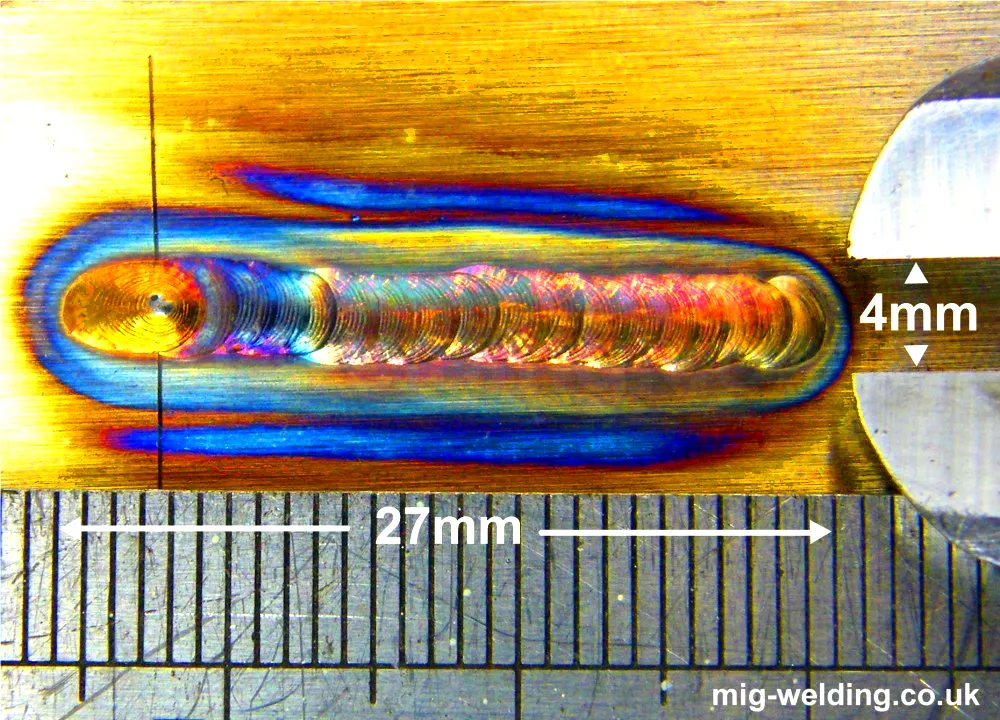
Post Weld Cooling
Besides showing contamination, colors in the weld can also mean you are applying too much heat. The ideal TIG weld quality should not show any colors, but small amounts of red and blue are acceptable. Remember that excessive workpiece heat comes from your arc sitting on the same spot for too long, not your amperage.
It would be best if you let your project cool down, especially when dealing with longer beads. This will keep the discoloration away and help prevent any heat deformity from ruining your project.




